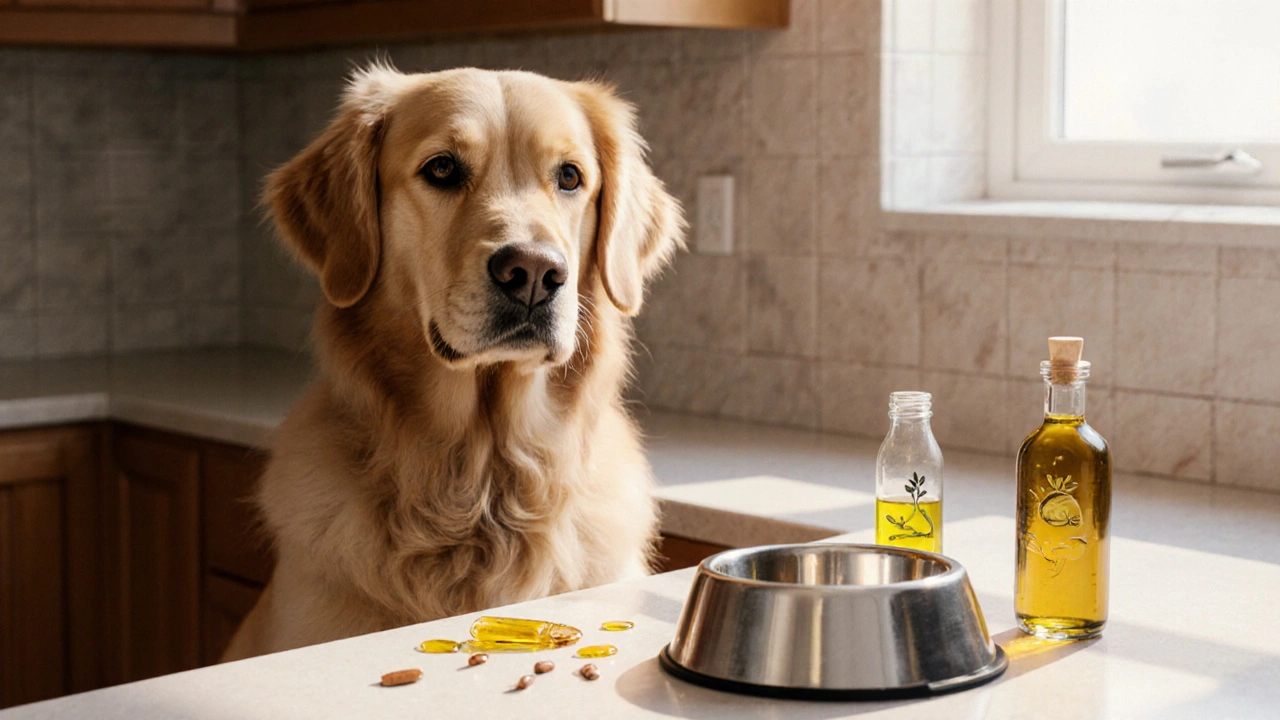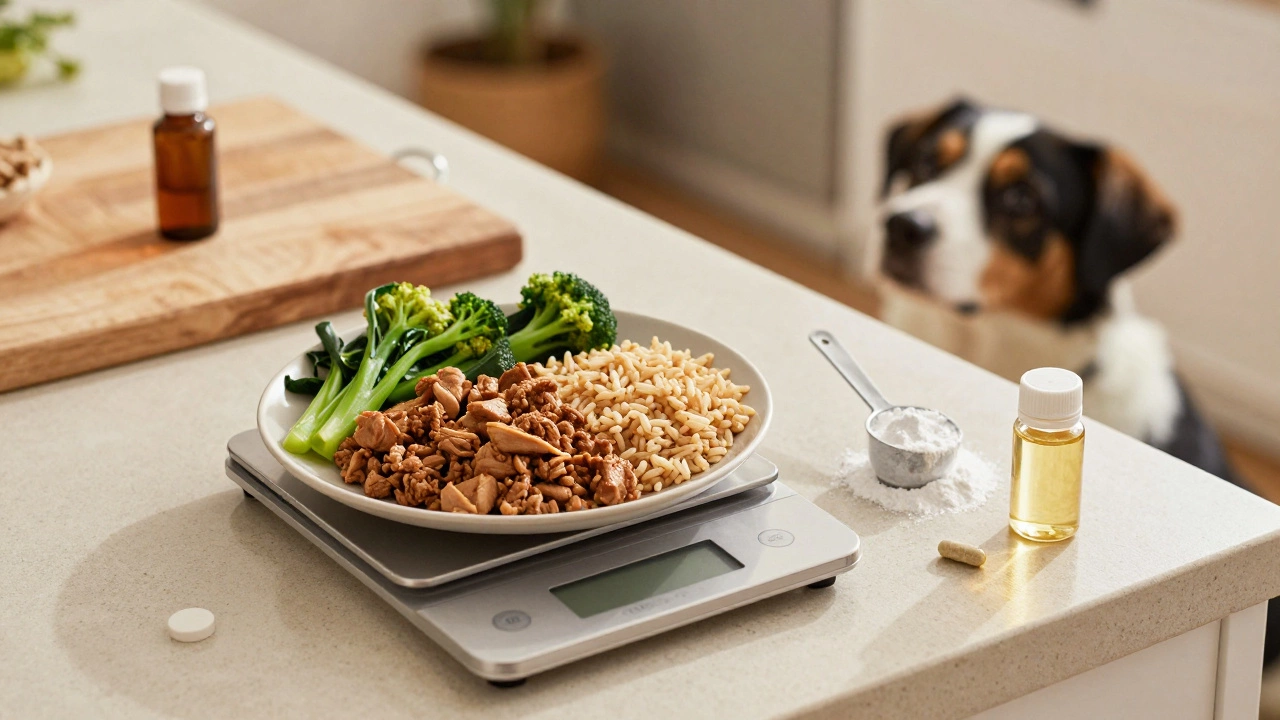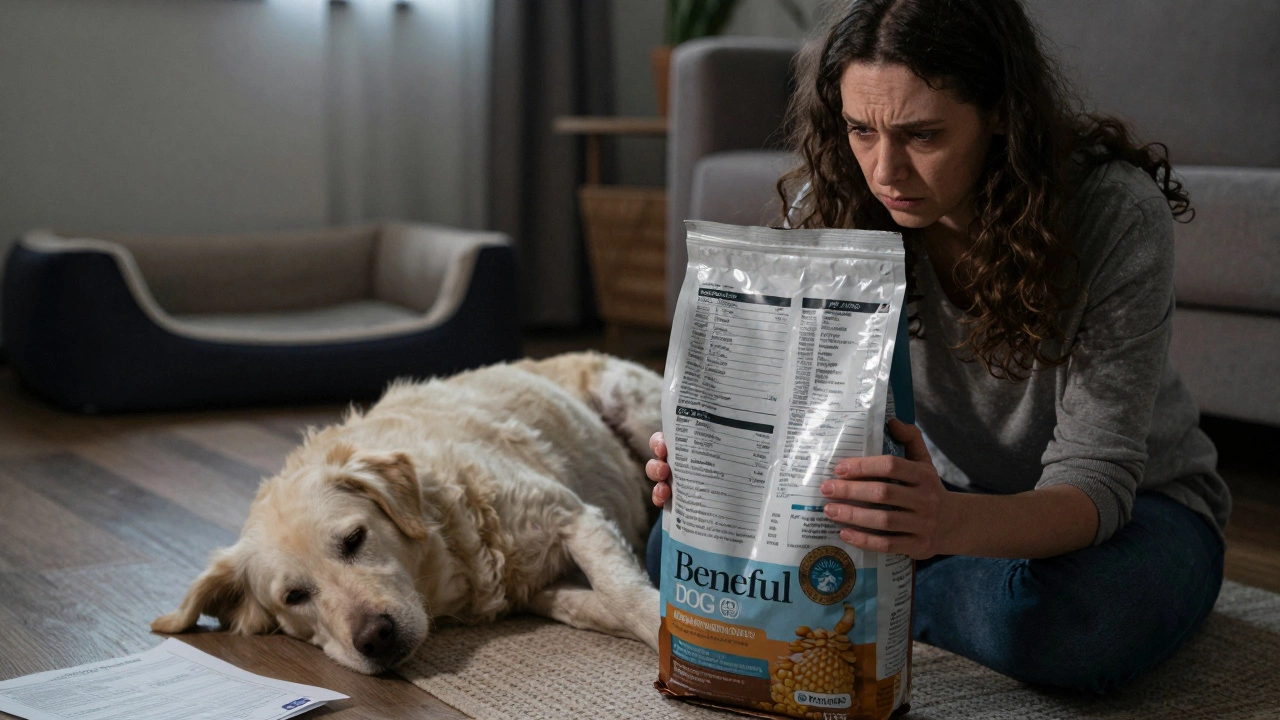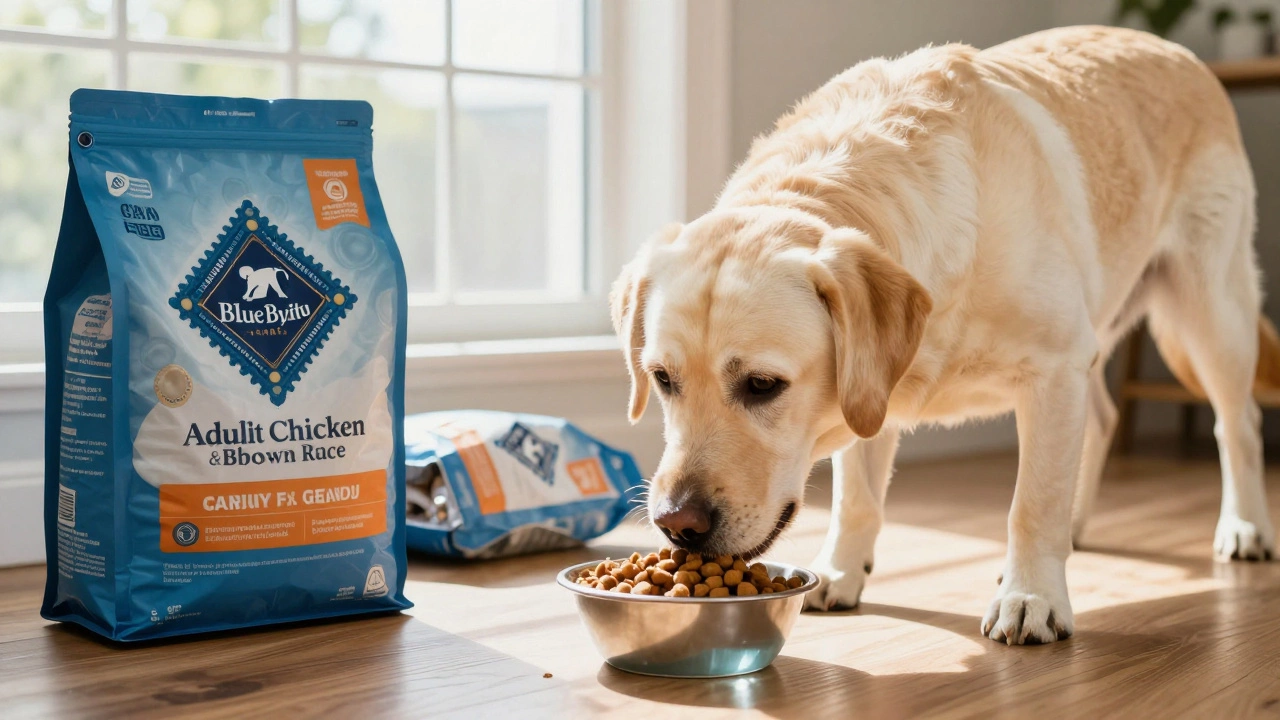Olive Oil for Dogs: Benefits, Uses and Safety
When working with olive oil for dogs, a simple, plant‑based fat that can be added to a canine diet to promote skin, coat and heart health. Also known as dog‑friendly olive oil, it provides a source of monounsaturated fats and antioxidants that many owners overlook. Dog nutrition covers the balance of protein, carbohydrates, fats, vitamins and minerals a dog needs daily is a broad field, but adding a quality oil is a quick win for most pets. Omega‑3 fatty acids essential fats that help reduce inflammation and support joint health are often cited alongside olive oil because the oil’s natural oleic acid works in a similar anti‑inflammatory pathway. In short, olive oil for dogs enhances nutrition, supports skin and coat, and offers a heart‑healthy fat source—three semantic triples that tie the central concept to its key benefits.
Why Dog Owners Choose Olive Oil
Most pet parents start looking at olive oil for dogs after seeing glossy coat pics on social media. The reality is that the oil’s antioxidants, like Vitamin E, help neutralize free radicals that can damage skin cells. When you combine that with the oil’s natural lubricating effect, you get a smoother, shinier coat without the need for costly topical products. Beyond looks, the monounsaturated fats in olive oil can help regulate cholesterol levels, which is especially useful for larger breeds prone to heart issues. If your dog suffers from dry skin or mild itchiness, a teaspoon mixed into wet food once a day often does the trick—just watch the calorie count, as fats are dense in energy. For puppies, a splash of oil can aid brain development thanks to the mild omega‑6 content, while older dogs benefit from the joint‑friendly anti‑inflammatory action. This practical link between olive oil and canine skin health the condition of a dog’s epidermis, hair follicles and associated glands makes the oil a versatile supplement that fits into any stage of a dog’s life.
Before you start, remember that not every oil is safe. Extra‑virgin olive oil is the gold standard because it’s cold‑pressed and free of additives. Keep the portion size to about one teaspoon per 20 lb of body weight to avoid excess calories. Introduce it gradually: mix a few drops into a favorite meal and monitor for any digestive upset. If your dog has pancreatitis or a known fat intolerance, skip the oil and talk to your vet first. The collection below covers everything from dosage charts and vet‑approved studies to common myths—so you’ll have a clear, evidence‑backed roadmap for using olive oil safely and effectively with your furry friend.
Olive Oil vs Fish Oil for Dogs: Which Is Better?
Find out whether olive oil or fish oil is best for your dog's skin, coat, joints, and overall health, with dosage tips, safety warnings, and expert FAQs.






